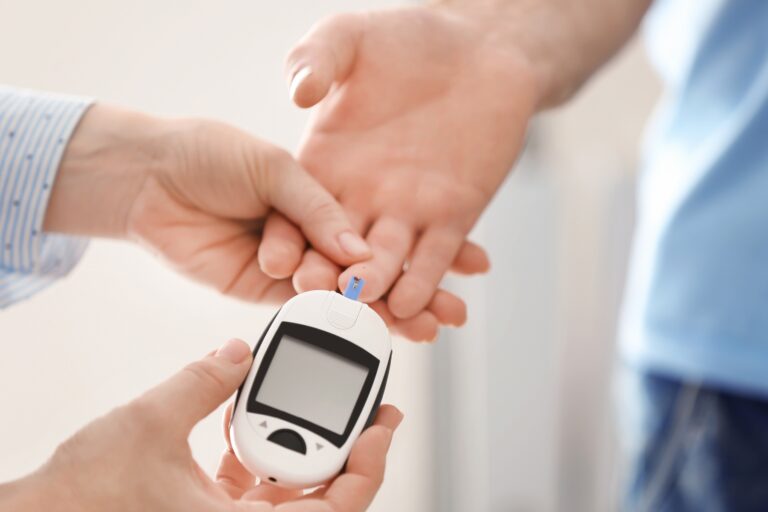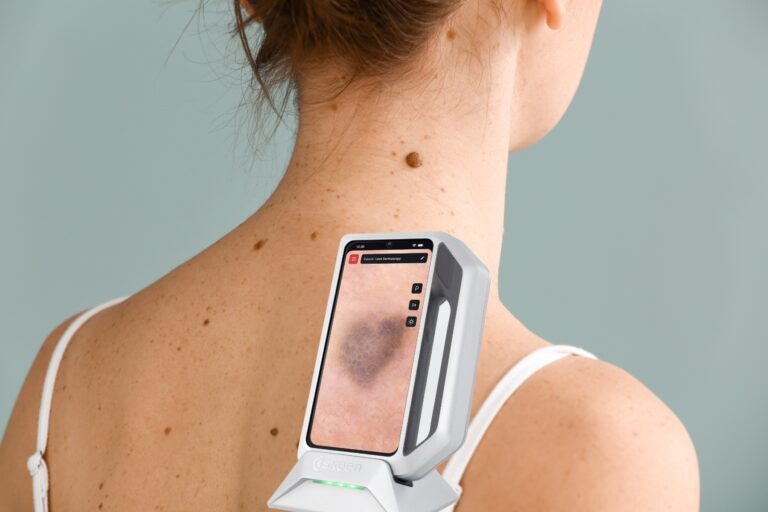As the days are getting warmer and summer is approaching, we spend more time outdoors than before. Exposure to sunlight has many benefits, but it also has many risk factors. Sunlight can trigger the brain’s release of a serotonin hormone associated with boosting our mood. It also causes a person’s skin to create Vitamin D, which builds strong bones. According to the WHO, sun exposure might help treat several skin conditions, such as acne, eczema, etc.
Sunburn and cancer risk
Skin cancer is the most common type of cancer worldwide. Every time you get a sunburn, you increase your risk of developing skin cancer. Having 5 or more sunburns doubles your risk for melanoma. UV radiation can penetrate the skin and damage cell DNA.
People with fair skin usually get a sunburn more quickly than those with darker skin. This is due to the amount of melanin, a pigment that gives your skin it’s color and defends it against the sun’s rays. Melanin works by darkening your unprotected sun-exposed skin. The amount of melanin you produce is based on genetics, which is why some people get a tan, and other people get sunburned. Both are signs of damage.
Melanoma
Melanoma is a type of skin cancer that develops from pigment-producing cells known as melanocytes. Finding melanoma at an early stage is significant. In addition, early detection can increase your chances of cure.
Look for anything new, changing, or unusual on both sun-exposed and sun-protected areas of the body. They mostly appear on the legs for women, and for men, they usually appear on their trunks. However, it can appear at any body part.
The ABCDEs from skincancer.org can help you detect melanomas.
Credit: https://www.skincancer.org/skin-cancer-information/melanoma/melanoma-warning-signs-and-images/
„A is for Asymmetry. Most melanomas are asymmetrical. If you draw a line through the middle of the lesion, the two halves don’t match, so it looks different from round to oval and symmetrical common mole.
B is for Border. Melanoma borders tend to be uneven and may have scalloped or notched edges, while common moles tend to have smoother, more even borders.
C is for Color. Multiple colors are a warning sign. At the same time, benign moles are usually a single shade of brown, tan, or black. As it grows, the colors red, white, or blue may also appear.
D is for Diameter or Drak. While it’s ideal for detecting melanoma when it is small, it’s a warning sign if a lesion is the size of a pencil eraser (about 6 mm or ¼ inch in diameter) or larger. Some experts say it is also important to look for any lesion, no matter what size, darker than others. Rare, amelanotic melanomas are colorless.
E is for Evolving. Any change in size, shape, color or elevation of a spot on your skin, or any new symptoms in it, such as bleeding, itching or crusting, may be a warning sign of melanoma.”
If you notice these warning signs, or anything new, changing, or unusual on your skin, see a dermatologist immediately.
It is important to get regular skin checks with a dermatologist to detect melanomas at an early stage.
Article: Hanna Taller
To make an appointment to see a dermatologist, please call +36 1 224 9090.




